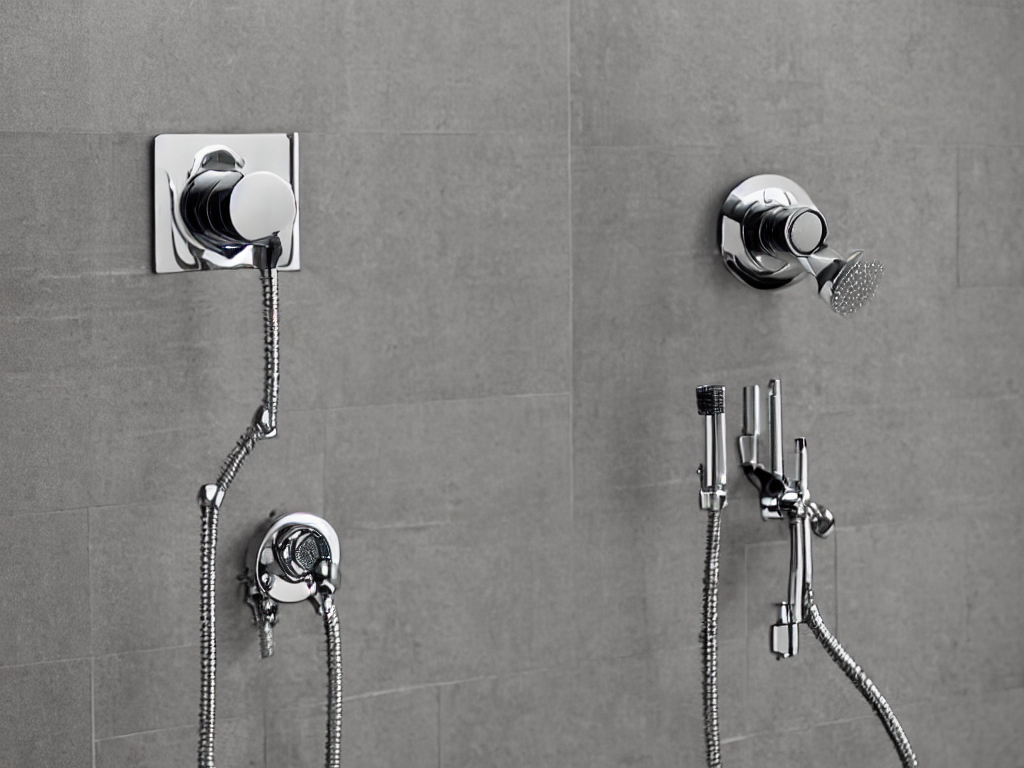Shower valves may seem like a small component of your bathroom plumbing, but they play a critical role in controlling the flow and temperature of your water.
Understanding the type of shower valve you have can make a world of difference regarding maintenance, repairs, or upgrades. Whether you’re a professional plumber, an apprentice, or a homeowner, this guide will help you identify your shower valve type and understand its importance.
Understanding the Importance of Shower Valves
Regarding bathroom maintenance, recognizing the different types of shower valves is crucial. Knowing what type of shower valve you have can help you diagnose issues more accurately, perform repairs more efficiently, and even undertake DIY upgrades confidently.
For homeowners, understanding your shower valve can save you time and money. You’ll know when a quick fix is possible and when it’s time to call in a professional. For plumbing professionals, this knowledge can streamline your work, ensuring you bring the right tools and replacement parts on the first visit.
The Three Main Types of Shower Valves
To get started, it’s essential to know the three primary types of shower valves you’ll encounter:
Pressure-Balancing Valves
Pressure-balancing valves are designed to maintain a consistent water temperature despite fluctuations in water pressure. These valves are especially useful in homes where multiple plumbing fixtures are often used simultaneously.
Thermostatic Valves
Thermostatic valves go a step further by allowing you to set a specific water temperature. They use a thermostat to control the temperature precisely, making them ideal for households with children or elderly members who are sensitive to temperature changes.
Manual Valves
Manual valves are the most basic type. They control the flow and temperature of the water through manual adjustment. These valves are straightforward but require more attention to maintain a consistent temperature.

How to Identify Each Type of Shower Valve
Identifying your shower valve type is easier than you might think. Here are some visual cues and operational differences to look for:
Pressure-Balancing Valves
Pressure-balancing valves typically have a single handle that controls both water flow and temperature. When you turn the handle, you’ll notice that the water temperature remains consistent even if someone else in the house uses another faucet.
Thermostatic Valves
Thermostatic valves usually have two controls—one for water flow and another for temperature. The temperature control often has a numbered dial, allowing you to set a specific temperature. When in use, these valves maintain the set temperature even if the water pressure fluctuates.
Manual Valves
Manual valves are the simplest to identify. They usually have a single handle or two separate handles for hot and cold water. These valves require manual adjustments to achieve the desired water temperature.
Why Knowing Your Shower Valve Type Matters
Understanding your shower valve type is not just about identification; it has practical implications for maintenance and upgrades.
DIY Maintenance
If you’re a DIY enthusiast, knowing your shower valve type allows you to tackle minor repairs confidently. For example, replacing a pressure-balancing cartridge is different from dealing with a thermostatic valve.
Upgrades and Replacements
Knowing your shower valve type can help you choose compatible fixtures and features when planning a bathroom upgrade. For instance, upgrading from a manual valve to a thermostatic valve can offer better temperature control and safety features.
Professional Assistance
For homeowners, knowing your shower valve type can help you communicate more effectively with a plumber. When you can describe the type of valve accurately, it helps the plumber come prepared with the right tools and parts, saving you time and potentially reducing labor costs.
When to Call a Plumber
Even if you’re handy around the house, there are times when it’s best to call in a professional. Here are some situations where professional help is warranted:
Persistent Leaks
If your shower valve continues to leak despite your best efforts to fix it, it’s time to call a plumber. Persistent leaks can lead to water damage and higher utility bills.
Water Temperature Issues
If you’re experiencing sudden changes in water temperature, especially with a thermostatic valve, it could indicate a more complex issue that requires professional diagnosis.
Complete Upgrades
Major upgrades, such as installing a new shower system or converting from one valve type to another, often require specialized skills and tools. A professional plumber can ensure the job is done correctly and safely.
Final Thoughts
Recognizing your shower valve type is more than just a handy skill—it’s a vital part of maintaining your home’s plumbing system.
By understanding the differences between pressure-balancing, thermostatic, and manual valves, you can perform efficient DIY repairs, communicate better with professionals, and make informed decisions about upgrades.
For more detailed plumbing tips for homeowners and professional advice, consider booking a consultation with one of our experienced plumbers. Whether you’re a seasoned pro or a homeowner looking to learn more, we’re here to help you every step of the way.